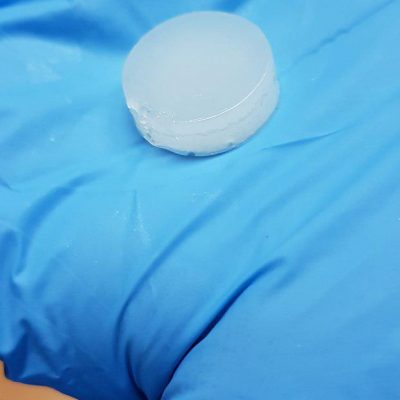Tissue Engineering is the field of research using cells and other materials to either enhance or replace biological tissues. The CRLab develops novel materials to support various biomedical applications, with emphasis on regenerative medicine, tissue engineering, and drug delivery.
Areas of focus are:
- Bioactive scaffolds for tissue engineering and 3D surface functionalization.
- Biomimetic Materials: Development of novel synthetic materials inspired by natural materials.
- Regeneration of 3D functional tissues (bone, cartilage, liver, cardiovascular tissues): understanding polymer-cell interactions and signal and substrate requirements for cell proliferation, differentiation, and tissue regeneration.
- Controlled Release: Nano/micro-spheres and matrices for the delivery of drugs and biological molecules in a sustained, pulsatile, targeted, or environmentally responsive manner.
- Phase-separation and self-assembly: Physical mechanisms and biomedical applications of three-dimensional ordered structure formation, especially at the nanometer scale.
Hydrogels are three-dimensional hydrophilic polymers that absorb large amounts of water while swelling to form a solid gel where maintaining their physical structure without dissolving. They have attracted considerable attention for their potential applications in medicine, pharmacy, biotechnology, absorbent sanitary goods, and agriculture and water treatment. Traditional hydrogels are highly absorbent, however maintain poor physical and mechanical properties with limited functionalities.
In the CRLab, we synthesized different kinds of hydrogel such as GelMa and IPN for medical and tissue engineering applications. Gelatin methacryloyl (GelMa) hydrogels have been widely used in various biomedical applications due to their suitable biological properties and tunable physical characteristics. We synthesized a novel composite of GelMa for different applications such as wound healing, vessel and electroactive tissues.




